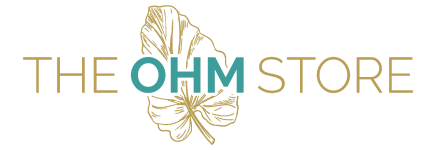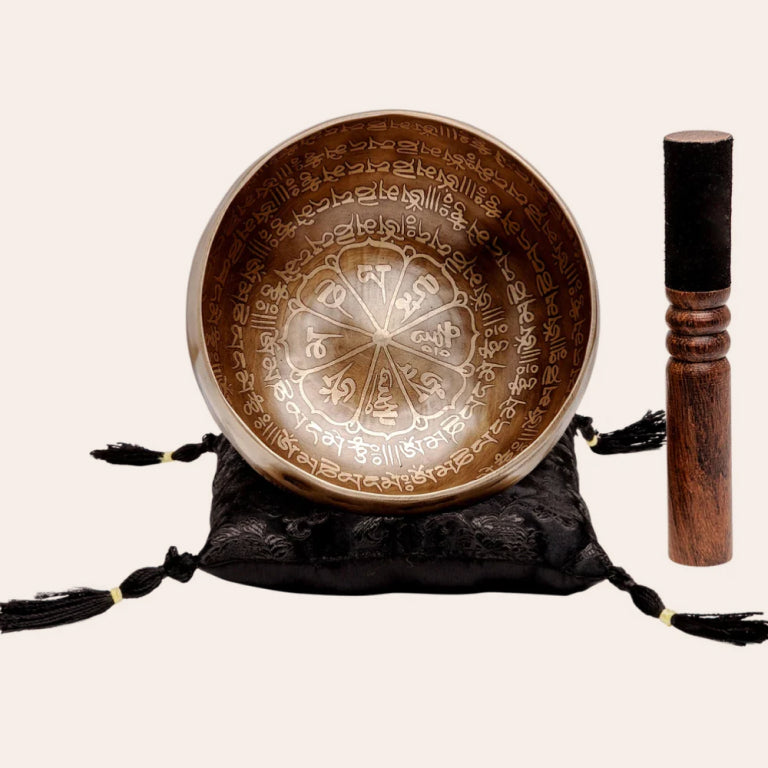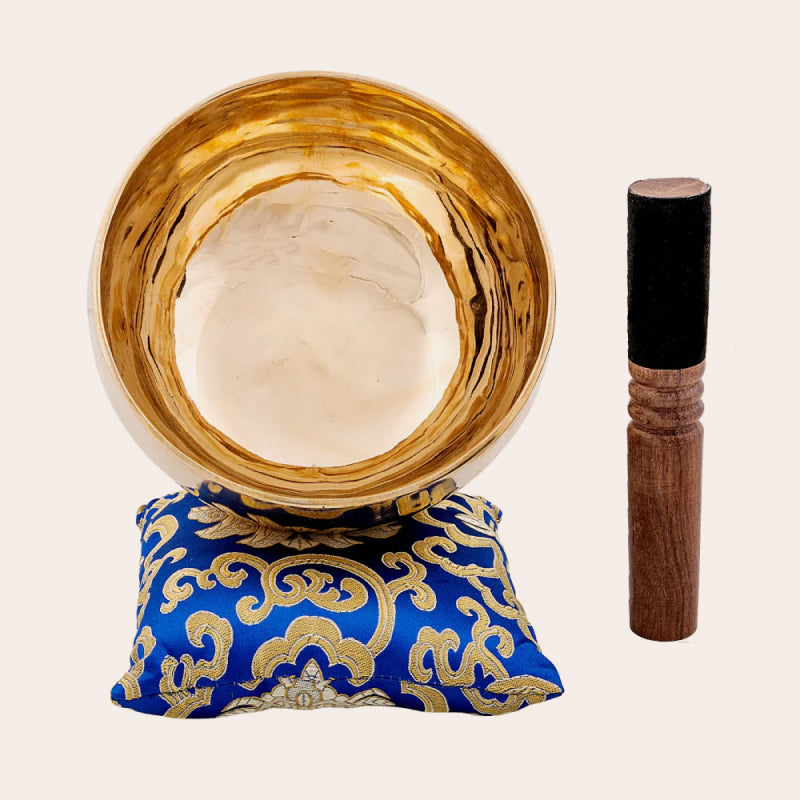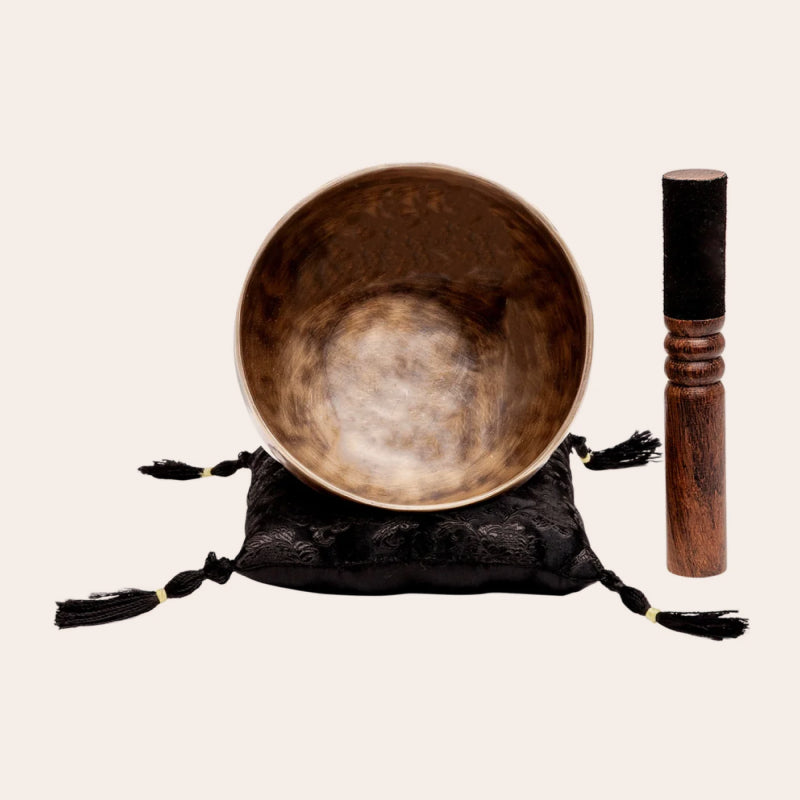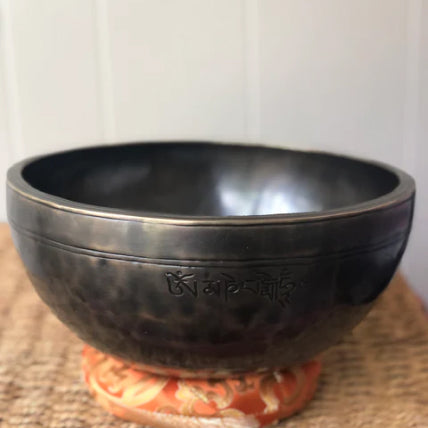Part 3: Healing Sound - Using Sound For Therapy in 10 Ways
Your eyes don’t see anything during sleep. But, your ears continues to process sounds even during sleep. You never stop hearing.
Ears are indeed powerful, but they bring more than just the sense of hearing to the table.
We recently learned how sound can heal the body, emotions, mind, thoughts, behavior, and chakras.
So, what are the therapeutic instruments or techniques to heal with sound?
While there are many ways to activate healing through sound, we’ll be going through the ten most popular methods available to you today.
At a glance, these are: humming, chanting, music therapy, ultrasound, tuning forks, binaural beats, solfeggio music, vibroacoustic sound therapy, acutonics, and singing bowls.
All set? Let’s go!
Sound As A Form Of Therapy: 10 Instruments For Sound Healing Explained
Our bodies have five primary senses, but sound is more sensitive than others.
Besides sensing sound through our ears, we also feel sound waves and their pressure through our skin.
This is mainly because we’re made of 70% water; and sound travels 4x faster in water than air. Ears can also promote physical, mental, emotional, cognitive, and behavioral healing.
But how do you heal with sound?
1. Humming
I call it the human purr.
Some would call it singing, but humming is actually a slow and continuous bee-like sound. Humming is actually one of the simplest sounds that combines vibration with sound.
Psychologically, humming is self-soothing enough to calm you down, bring down stress, and reduce your heart rate by creating the love hormone called oxytocin. Researchers say it can produce the sleep hormone called melatonin too.
Altogether, it’s a good idea to hum anytime for a bit of self-love and composure!
But the exciting thing is, humming also releases endorphins (these are our body’s own morphine). Come to think of it, most of us have felt this too. For instance, you must’ve hummed when you were happy.
Mothers often hum while rocking their children, and surprisingly children calm down like magic too!
2. Chanting Mantras
Just like humming, reciting something over and over or chanting can also be self-soothing. Several studies say that chanting can create thought-energy waves that match the frequency of an organism.
Moreover, this creates a neurolinguistic effect when words/sentences are recited rhythmically. The best part is, you don’t even need to know the meaning of the mantra to realize this effect!
Scientists have found that 10 minutes of chanting Om can calm you and reduce stress dramatically.
While many might think that it’s a Hindu or Buddhist practice, it goes beyond that.
Chanting is present across several religious and spiritual practices, in Jewish cantillation, Islamic Dhikr, Catholic Gregorian chants, and more.
Almost all religious prayers incorporate chanting elements.
Again, chants work because we’re made of water and how sound works in water.
The chants we make also reverberate inside us; thus, impacting blood, tissues, and organs inside us.
No wonder chanting has been around for hundreds of thousands of years. Science says chanting also changes the rate of blood flow and chemistry in the brain when combined with meditation. In the metaphysical world, chanting also flushes out chakra blockages and helps with energy flow
3. Music Therapy
Do you know that "formal" music therapy actually goes back to 1789?
Real systematic clinical treatments with music. In 1789!
Later it was used to treat PTSD in soldiers after World War II. After that, therapeutic use of music caught on so well that today they’ve become a norm in nursing homes, hospitals, and other rehabilitative places nowadays.
Music therapy works by resolving the pain points in our body, mind, emotions, cognition, and behavior. In theory and practice, music can start responses in the brainstem that improve the heart rate and blood pressure besides balancing the body temperature.
But that’s not all!
Music therapy uses entrainment. Entrainment means -- a process where the stimuli are matched to the individual’s mood to promote a pleasant state of mind.
Think of it as "energetic matching"
Your brain waves will "match" the waves of external sounds and stimulations.
Moreover, specific frequencies, notes, and chords can promote joy, relaxation, and motivation besides reducing muscle tension, pain, anxiety, and depression in the individual.
Music therapists introduce all sorts of experiences like singing, choir, listening, songwriting, and even music discussion to induce these therapeutic benefits.
Today, this type of sound therapy is widely used for dementia, stroke, autistic spectral disorders, and helping inmates. There are scores of studies showing how music therapy helps autistic children engage, much like reducing agitation in Alzheimer’s patients.
4. Ultrasound
Another widespread use of sound healing is via ultrasound, which uses sound waves that are above our hearing capabilities.
Yes, we’re talking about the same machine that tracks the growth of your baby!
Ultrasound therapy is used therapeutically?
It’s been shown to promote tissue relaxation, increase blood flow, and breakdown down scar tissues. As a result, ultrasound can help with reducing swelling and pain too.
5. Tuning Forks
An acoustic resonating instrument, tuning Forks are used for healing the body on its own. Put simply, they can accelerate your immune system to heal affected areas.
As tuning forks work with the nervous system, tissues, and water in the body, it conducts sound vibrations to balance the natural frequency of your body.
A healing kit of tuning forks typically comes in a set of seven for unblocking each primary chakra. Each fork is attuned to a musical note and scale. It’s designed to resonate with the frequency of each of the seven major chakras.
The practitioner activates the fork and holds it over specific chakra locations to make it work.
The practitioner then listens to the pitch, timbre, and volume to check for discrepancies in the tone.
It’s a way to separate disharmony from harmony.
Usually, disharmony or diseases like pain or inflammations pop up as loud noise and a lot of static.
The practitioner holds the fork over the affected area until the tone becomes clear if this happens. Apart from pain, most people also report feeling calm and composed after a tuning fork session.
It’s not uncommon for practitioners to drag around tuning forks over areas that produce disturbing sounds to pull out the problematic frequencies.
Eileen Day McKusick, of Electric Health, s a practitioner who perfected the’ click-drag-drop’ method that combs out the bad vibes with tuning fork vibrations throughout the body. This helps induce chakra healing, as she talks about in her book- Tuning The Human Biofield.
She also says many Reiki practitioners use tuning forks over crystals and essential oils to push the healing energies of rocks and oils into the body using the sound vibrations of tuning forks.
6. Solfeggio Frequencies
This is a frequency-based sound therapy derived from the ancient Catholic history of Gregorian chants. Today, they’re known to affect the conscious and subconscious mind besides the physical body.
These frequencies work to balance different parts of the body. Basically, they can target other parts of the body and mind to promote healing.
But, how does they work? As a result of hearing solfeggio frequencies, your brain begins to send balancing vibrations throughout the body first. Subsequently, it relieves stress.
When you begin listening to these frequencies, your breath begins to relax by leading you to the theta state of meditation. After that, your muscles relax, and you stop feeling any tension or pain in them. Eventually, your blood pressure and heart rate drop as well!
Listening to Solfeggio Frequencies at least 15 minutes per day every week for a month is enough to start noticing its positive effects.
7. Binaural Beats
While most people use binaural beats and solfeggio frequencies interchangeably, they’re separate and distinct from one another.
Binaural beats are centered around the mental effects of thinking and feeling.
In Binaural beats, you de-tune two different tones on a small scale to create a new oscillation that entrains your brain into new frequencies.
For instance, if you hear 315 Hz in your right ear and 319 Hz in the left ear, your brain wave entrains into the differential frequency of 4 Hz. This is the theta wave range responsible for inducing hyper-focus and meditation.
What really sets apart binaural beats is how it changes your brain waves so that you can be led into different states of mind such as alpha, beta, theta, or delta wave.
According to studies, binaural beats can calm down stress, improve mood, enhance attention, and work on behavioral disorders and developmental issues.
8. Vibroacoustic Therapy
When you combine music therapy with frequency-based healing (like solfeggio frequencies), you get Vibro-Acoustic Therapy or VAT (sometimes called Vibroacoustic Sound Therapy or VST). In layman’s world, it works like a sound massage!
VAT uses a gadget (beds, tables, chairs) with special speakers (transducers) uniquely designed to direct pure low frequencies waves into the body. Typically, low frequencies between 30 Hz to 120 Hz with soulful music are used in 10 minutes to 45 minutes sessions.
According to clinical studies, VAT is excellent for reducing pain, anxiety, and problematic behavior.
Interestingly, the effects of VAT are both heard and felt. The closest instrument to vibroacoustic therapy is the didgeridoo. It’s an Australian sound instrument that dates back to 4,000!
9. Acutonics
Combine the power of tuning forks with the ancient practice of acupuncture, and acutonics is born.
In this sound healing practice, an acupuncturist weighs appropriate tuning forks on pressure points during a regular session.
The difference between acupuncture and acutonics is the absence of needles and the presence of tuning forks. It's famously a non-invasive alternative to an acupuncture session.
Acutonics amplify the healing effects of acupuncture by flushing out blocked and atrophied energies from pressure points. What’s more, it’s actually a recognized therapeutic medium used in several hospitals worldwide.
During the process, precisely-calibrated forks are placed on acupuncture junctures. This helps the practitioner get through to the chakra points using sound without any needles.
10. Singing Bowls
There is one acoustic instrument that combines everything else on this list into one. Singing bowls.
Whether you choose metal or crystal singing bowls, you can strike them or rub them to make sound vibrations of high and low frequencies. These sound waves penetrate the body and act to balance different dis-eased areas.
These tools can be used concurrently with essential oils, meditation, yoga, and even crystals. They’ve been used for centuries for calming down the body and mind, as you saw in our article on singing bowl history.
Moreover, singing bowls can also bring down stress, tolerance to stress, tranquility, and chakra balance throughout the body.
Singing bowls are easy, quick, and simple to use without any sophisticated education, unlike music therapy, VAT, or tuning forks. In short, you can start playing a bowl any time you’re ready!
Therapeutic Healing With Sound
Sound affects our ears, skin, blood, and even our bones!
Interestingly, you can even check damages to bones using sound instruments like tuning forks where a clear tone denotes no injury and faded/absent sounds indicate otherwise.
That’s also how tuning fork therapy works. Moreover, ears are responsible for balance itself besides hearing, unlike the other senses.
Now that you know all about the different types of mediums to use for sound healing tell us which instrument fascinated you!
